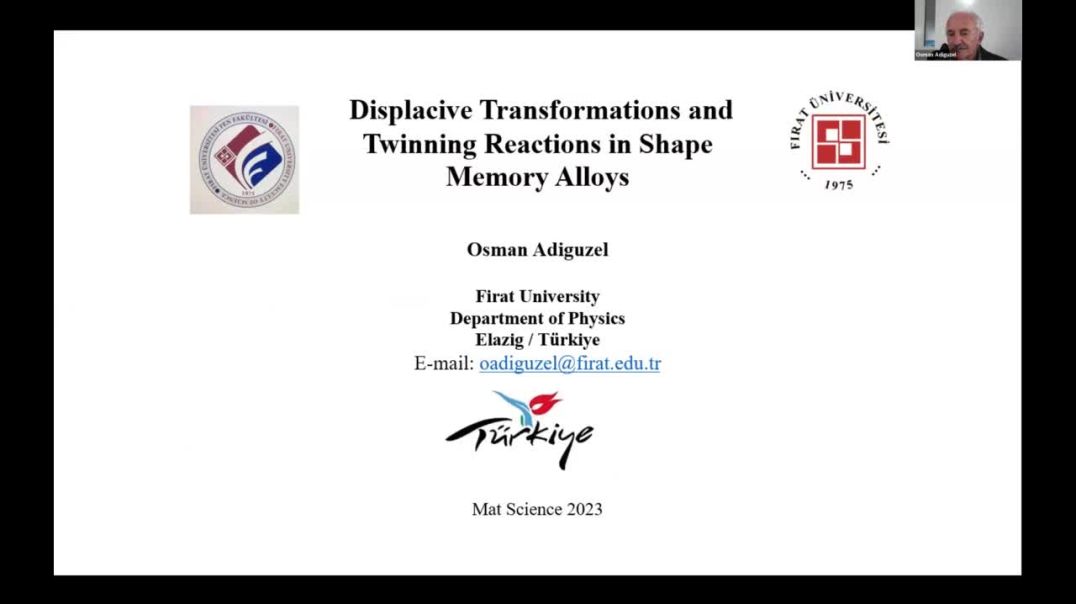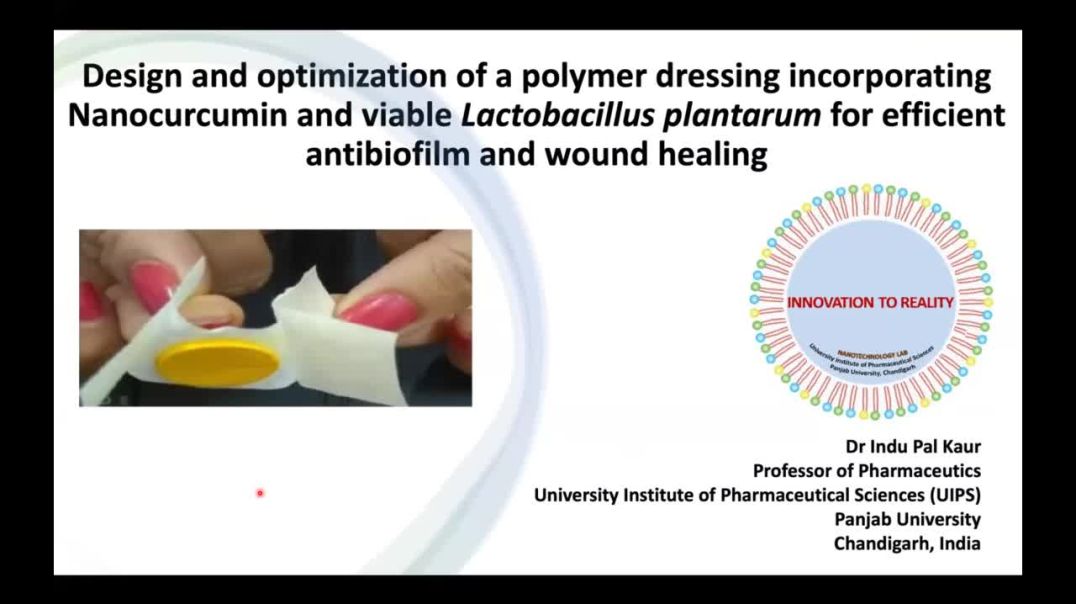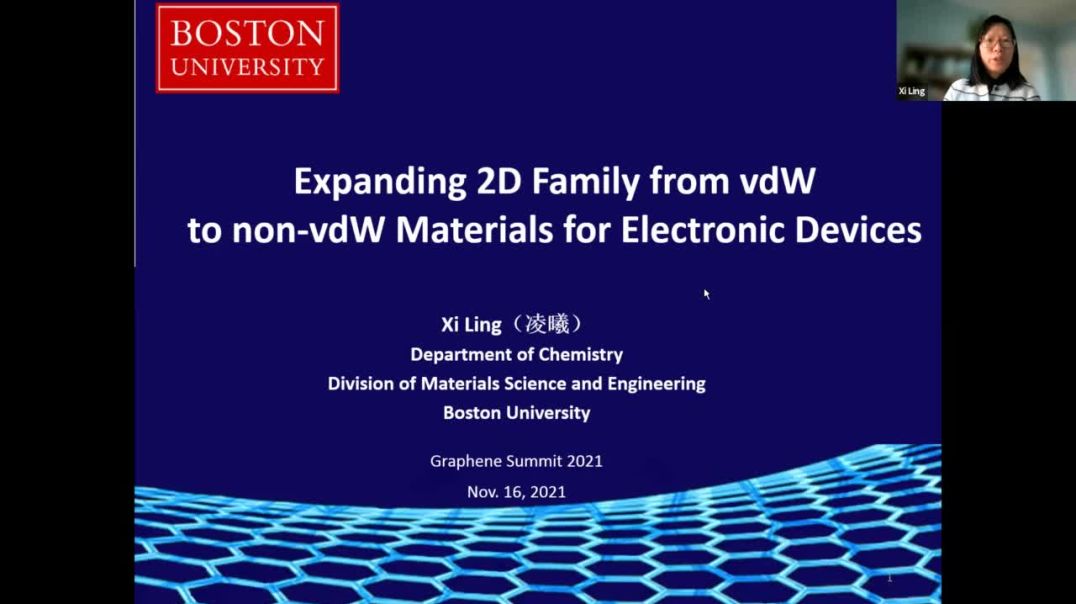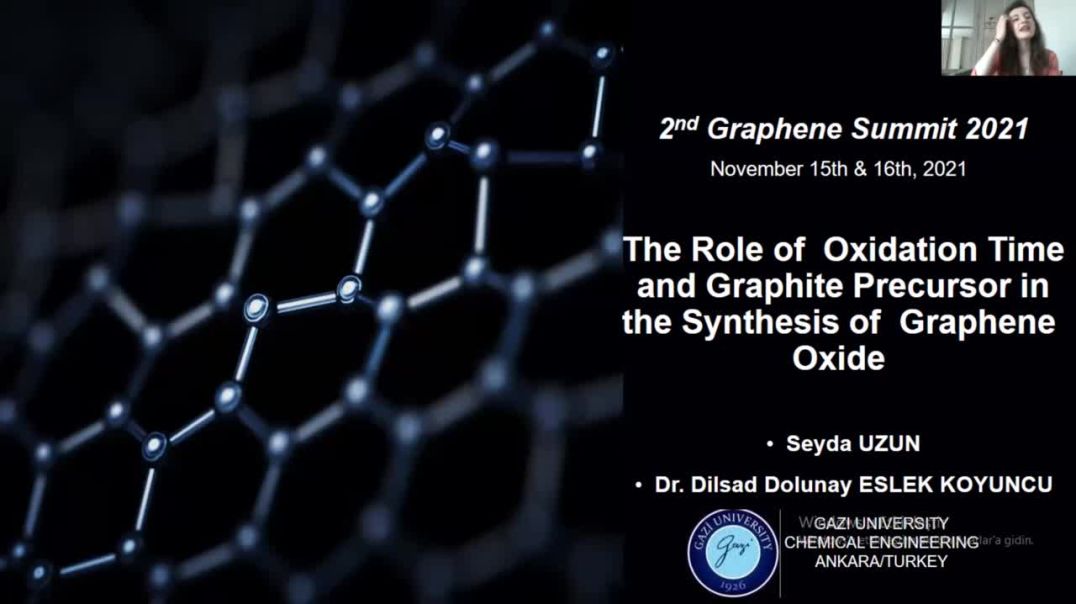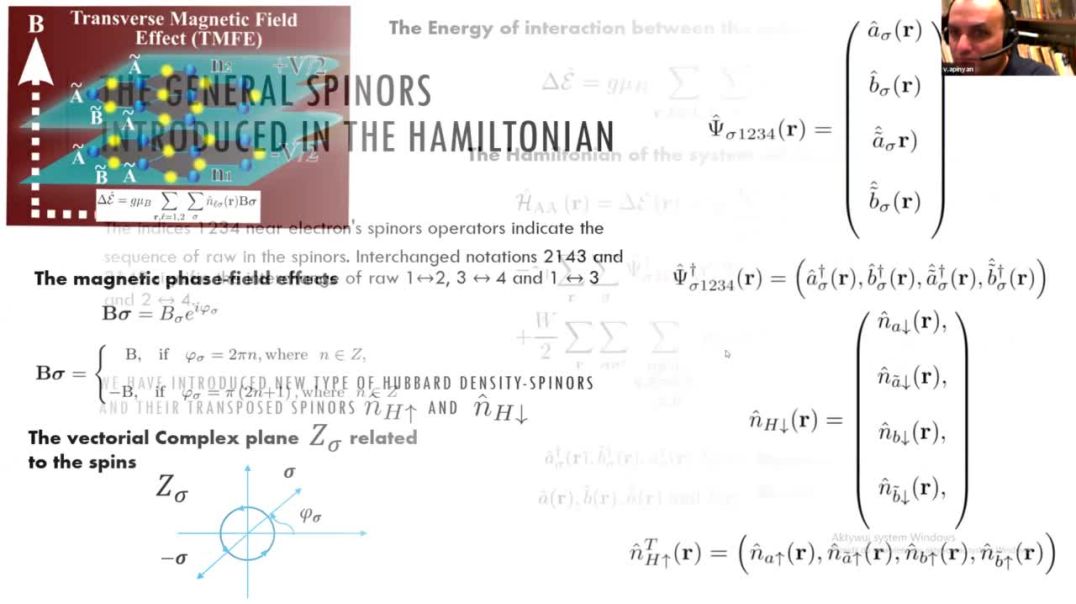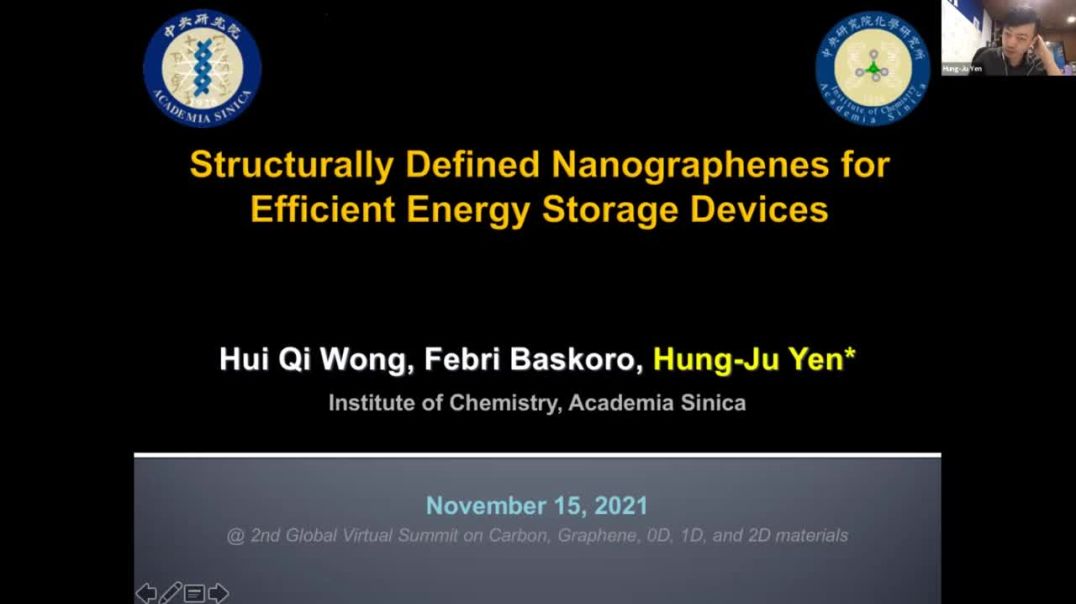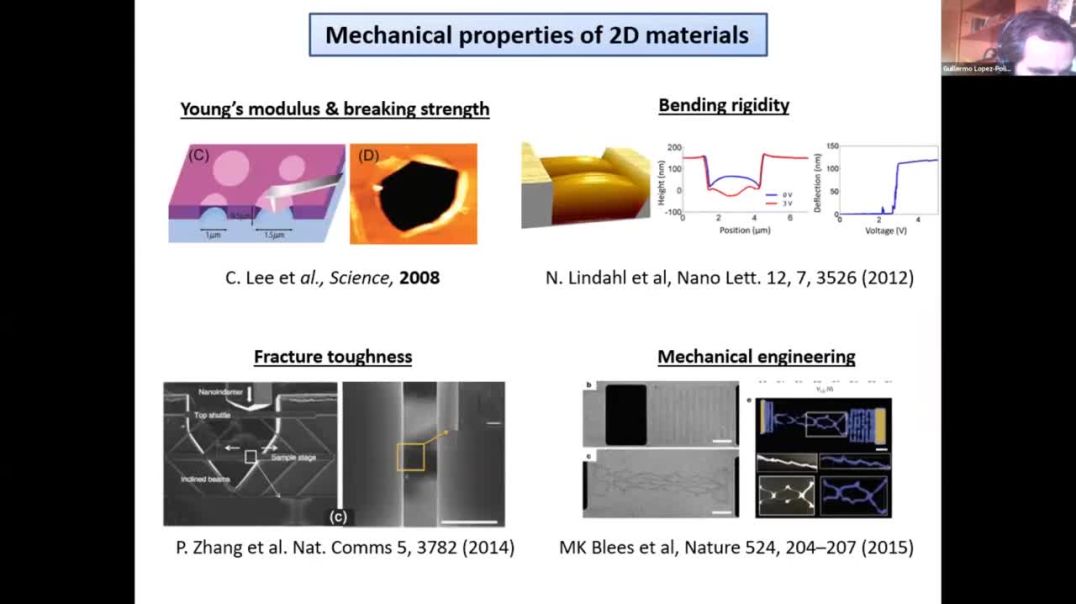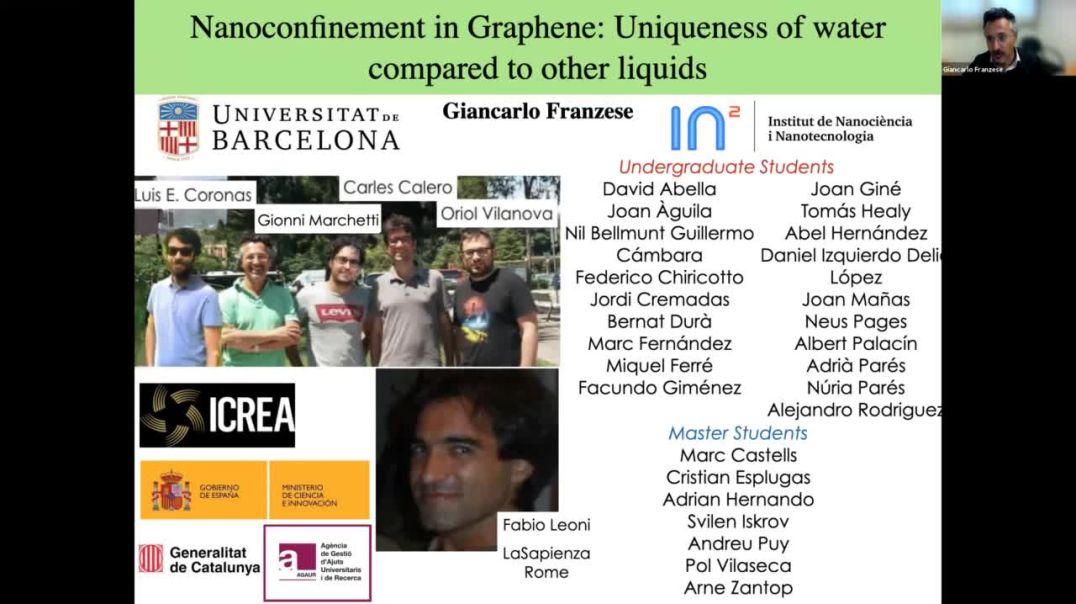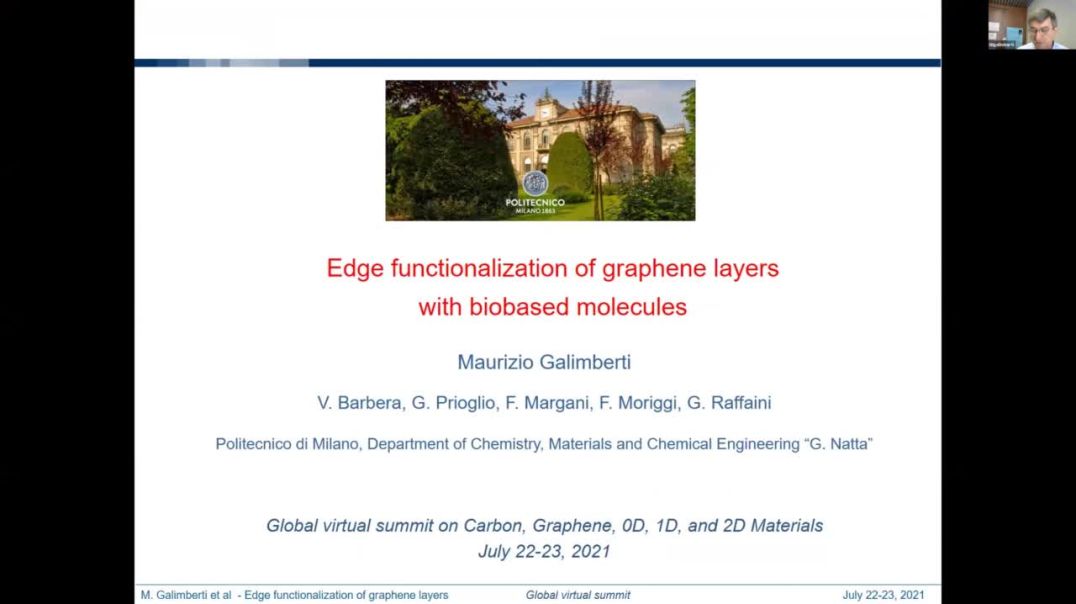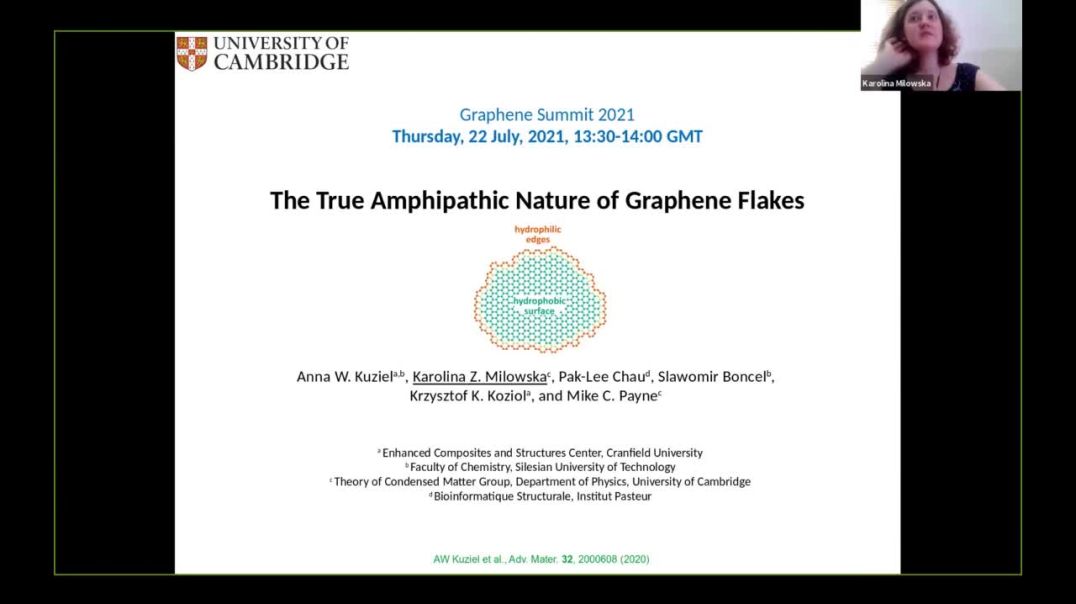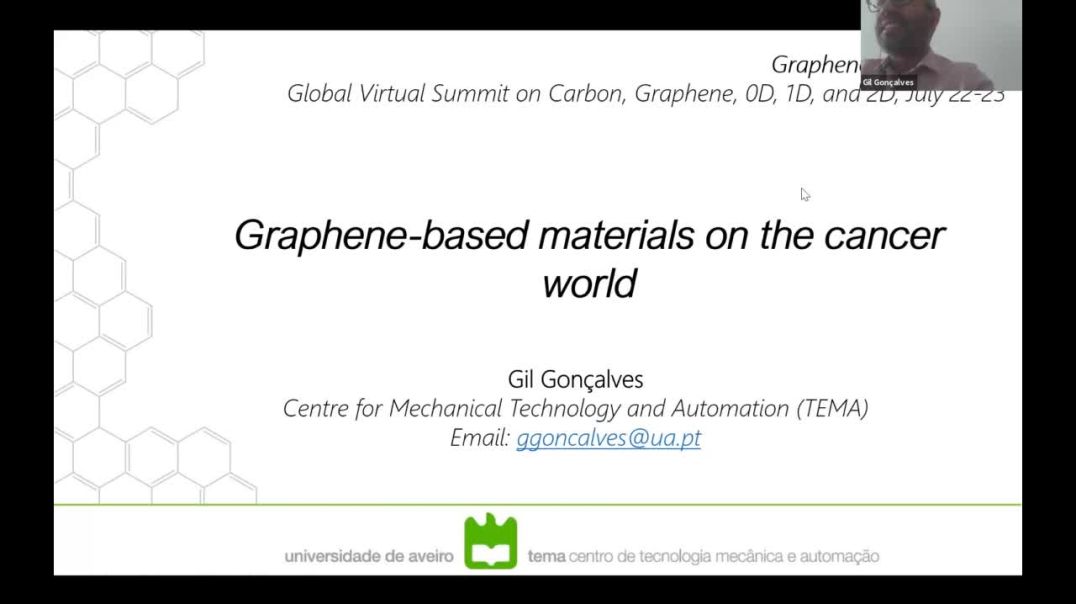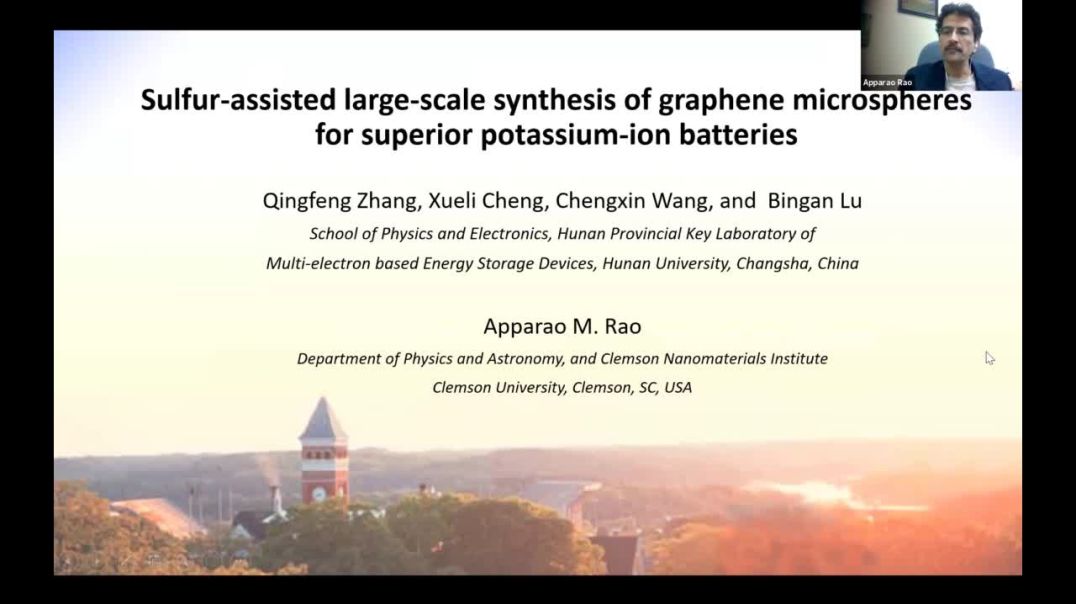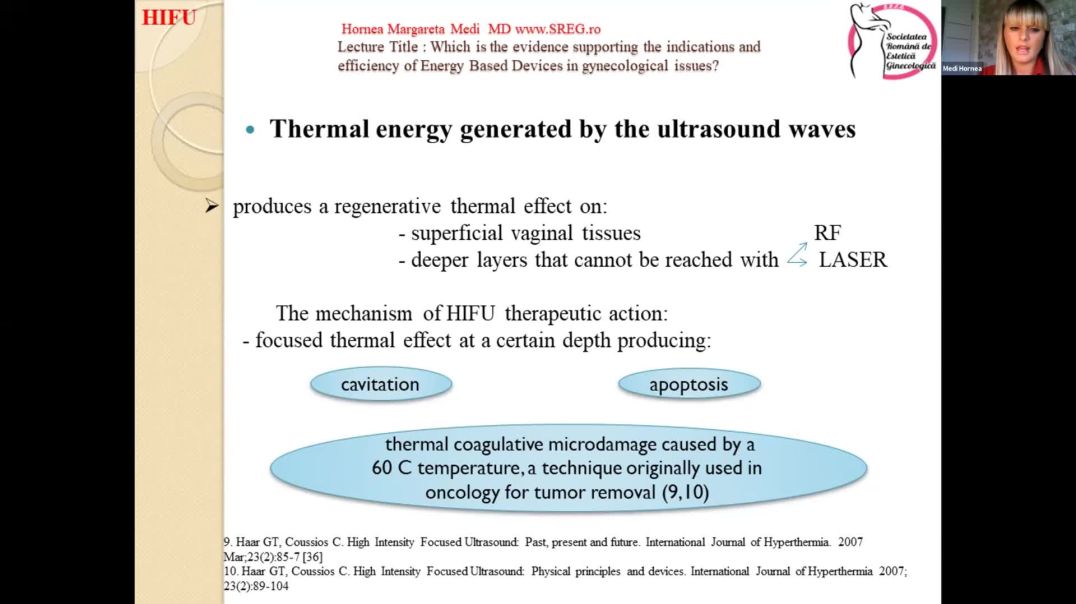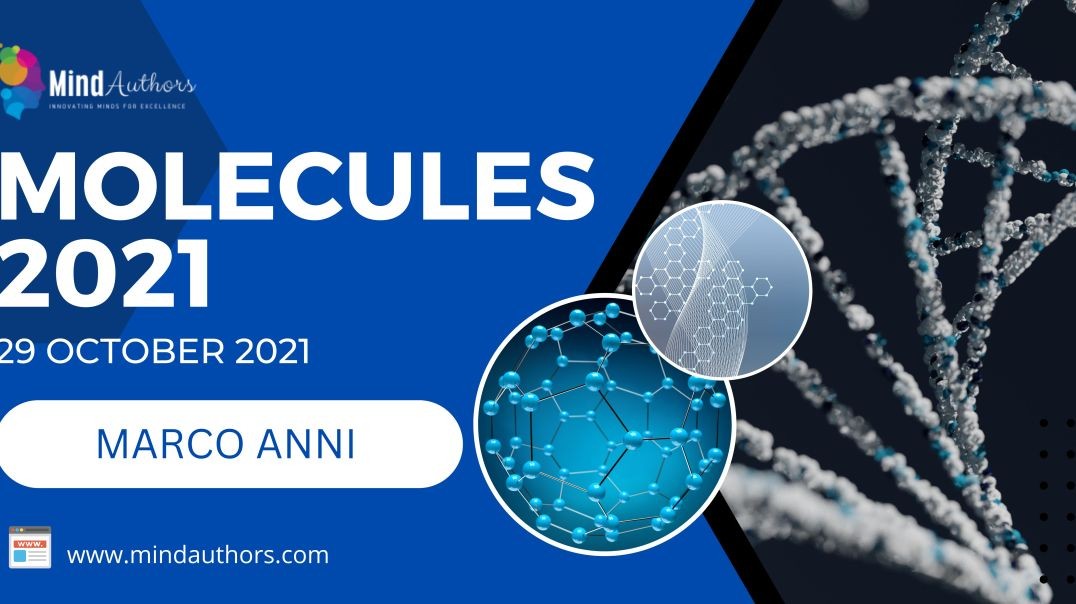Emerging Non-volatile Electronic Memory Devices from Polymer to Graphene Derivatives | Iulia Salaoru
Summary :
In recent years, the interest in non-volatile memory (NVM) has shown a rapid increase from both perspectives from academia and industry. The factors driving this intense interest are mainly attributed to their simple (two-terminal), zero power draw for sustaining a state, high-speed operation, good endurance but also their multi-state capacity. Solid state implementations of these devices show great potential in applications such as: reconfigurable architecture, neuromorphic computing and artificial synapses. Numerous candidates for emerging electronic memory technologies such as ferroelectric (FeRAM), phase-change random access memory (PCRAM), magneto-resistive (MRAM), resistive random-access memory (ReRAM), organic memory and more recently graphene derivatives have been proposed and investigated by a number of research groups worldwide. The main functional property of NVM cells is toggling between distinct electrical conductance states when SET and RESET potentials are applied, with a state being sensed by an intermediate read voltage. Current research efforts are focused on determining the physical switching mechanism that facilitates the bistability behavior, particularly in Graphene Derivatives and polymer memory devices. This talk will encompass two of the most investigated non-volatile memories: polymer and graphene oxide-based memory. The possible physical switching/charging mechanism(s) along with experimental evidence will be presented in this work. Along with the electrical experimental results, we have also used the chemical characterization tools to further understand the operating mechanism(s). This will be presented as well.
About Author :
Dr Iulia Salaoru received a BSc (Physics), MSc (Physics) degree from the “Al. I. Cuza” University, Iasi, Romania, where she also awarded a PhD degree for her work on AIIBVI semiconducting compounds. Since completing her PhD, she has worked as a Postdoctoral Researcher at: Emerging Technologies Research Centre, De Montfort University, Leicester; Centre for Bio-inspired Technology, Imperial College London; Nanofabrication Centre, University of Southampton and Warwick Manufacturing Group (WMG), University of Warwick. Currently, Dr Iulia Salaoru is Associate Professor in Materials Science and Engineering at De Montfort University, Leicester, UK


